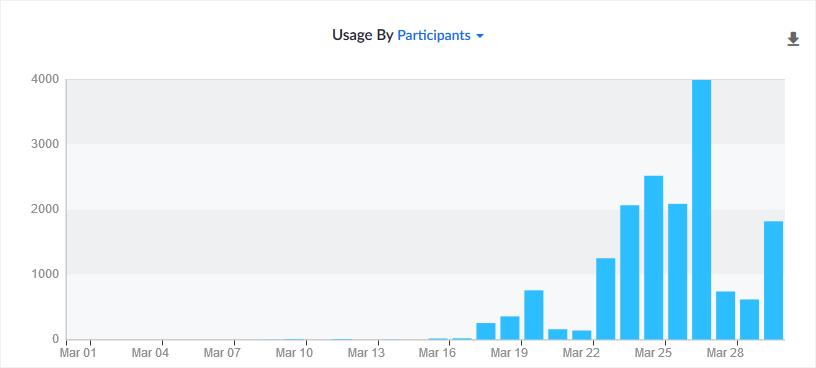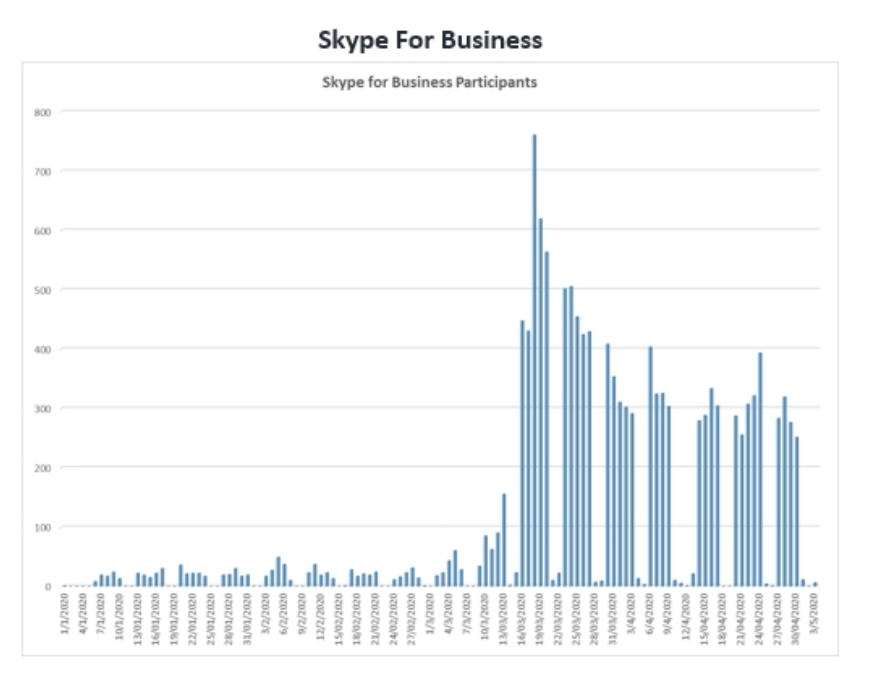It goes without saying that IT services are of great importance to an organization like CERN. These systems are required not only to process the data supplied by the experiments, but also for the smooth running of the activities of all CERN’s departments, from engineering to administration and human resources. For the last two months, the IT department, which is responsible for all of these services, has in addition been ensuring the continuity of CERN’s activities by providing the community with the infrastructure and connections that allow us to work remotely. Let’s take a look at what that means for the day-to-day work of the 310 or so members of the department.
Frédéric Hemmer, head of the IT department, is satisfied that CERN was as prepared as it could have been for the lockdown, but the situation has drastically increased the workload of those in his department. Fortunately, the needs of the particle physics community, with scientists scattered around the world, have long required CERN to have the appropriate licences to hold videoconferences attended simultaneously by hundreds of people.
Nevertheless, the explosion in demand for videoconferences, which has quadrupled, has really put the IT department’s systems and personnel to the test. They have had to add new servers, install systems allowing scientists to remotely access their workstations at CERN and renegotiate contracts with telecommunications operators and suppliers of audio-video services (the introduction of the Zoom videoconferencing app to the community had to be fast-tracked). And all this came in addition to the usual work to fix bugs and other IT problems. Frédéric Hemmer also emphasises that the resolution times for IT problems raised by personnel have accelerated.

Most members of the department are working remotely. The constraints of IT services require some to work outside normal hours, for example at the weekend to install new licences while the rest of us are offline. In parallel, the helpdesk technicians have remained on-site at CERN to ensure the continuity of IT services. Every Monday and Wednesday morning at 6.30 a.m., technicians and engineers have been coming in to replace ageing routers: an essential job that involves more restrictions than usual at present.
The workload involved in keeping the IT systems afloat comes on top of the IT department’s ongoing projects. The renewal of servers in the CERN Data Centre and of the Laboratory’s stock of laptop computers, as well as work to make the Main Auditorium ready for action are essential projects. Happily, according to Frédéric Hemmer, this work hasn’t gone unnoticed: “Our department is used to working in the shadows. This period has given our work new prominence and that can only be a good thing. We are also conscious of the critical role we have to play during this difficult period.”


